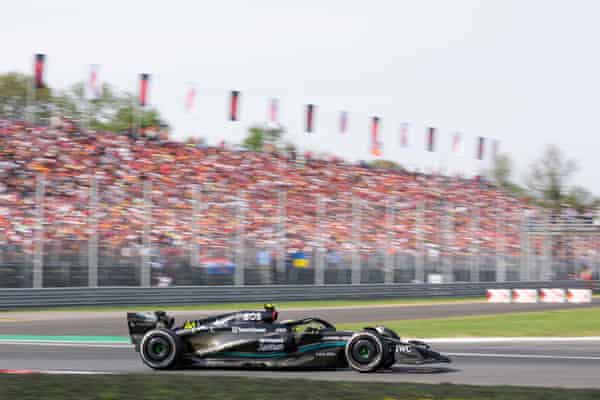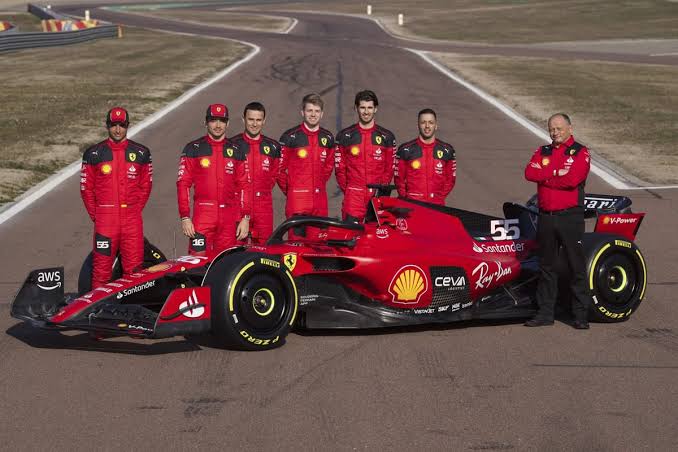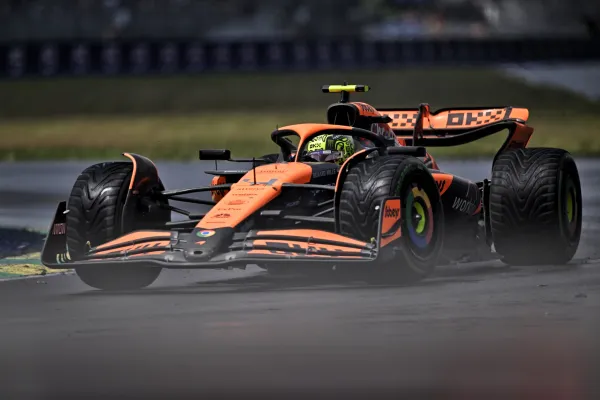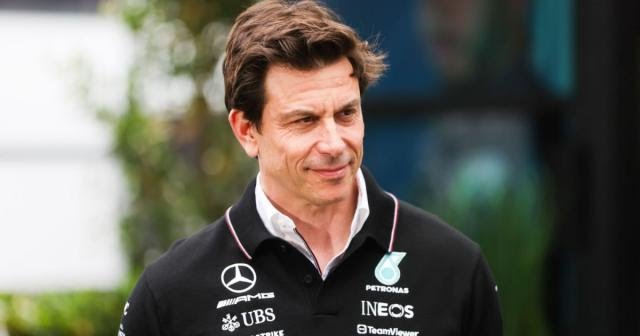All Changes To The F1 2024 Sporting Regulations
Formula 1, the pinnacle of motorsport, is an ever-evolving spectacle. Each year, the sport’s governing body, the FIA, in collaboration with teams and stakeholders, crafts and refines the regulations to ensure fairness, competitiveness, and, most importantly, excitement for fans.
As the 2023 season draws to a close, it’s time to peek into the future and explore the significant changes coming to the F1 2024 sporting regulations.
Enhanced visibility in Wet races
Rain-soaked races have always been a thrilling yet challenging aspect of Formula 1. The roostertails of spray, limited visibility, and treacherous conditions make wet races a true test of a driver’s skill. To address this, the FIA is exploring the introduction of a visibility-enhancing bodywork kit designed explicitly for wet conditions. While still in the research and development phase, this kit could be a game-changer for wet races. Imagine a Formula 1 car equipped with aerodynamic elements that minimize the water spray generated by the tires, allowing drivers to see more clearly in adverse conditions.
Improved visibility not only enhances safety but also adds an element of unpredictability to races. It could require drivers and teams to adapt their strategies on the fly, making wet races even more captivating for fans. While details are limited, the potential introduction of this kit in 2024 promises to revolutionize rain-affected races.
Revamping Engine Penalties
Cost control has been a persistent concern in Formula 1, and one area where this issue manifests is the management of power units, commonly known as engines. Formula 1 introduced power unit usage restrictions to curb costs and maintain competitive balance. However, the current penalty system for exceeding these limits has faced criticism.
Under the existing system, a driver incurs a 10-place grid penalty for the first violation of power unit usage regulations, such as exceeding the allocated number of engine elements. Subsequent offenses result in a five-place grid penalty.
Curiously, if a driver accumulates more than 15 grid-place penalties, they start from the back of the grid, effectively receiving a milder penalty for exceeding the limits. This leniency for repeat offenders has led to high engine usage, increased expenses, and conflicts with Formula 1’s cost-saving goals.
Recognizing the need for a more effective deterrent, the F1 Commission is actively discussing a revision of engine penalties for the 2024 season. The aim is to establish a penalty system that discourages repeated element changes and encourages responsible power unit management. While specifics regarding the proposed changes are still being refined, the implications could be substantial.
Stricter penalties may reshape teams’ engine strategies and have a direct impact on the competitive balance of Formula 1.
Earlier DRS activation
The Drag Reduction System (DRS) plays a pivotal role in facilitating overtaking in Formula 1. In an effort to increase on-track excitement, the F1 Commission has agreed to activate the DRS one lap earlier during sprint races, starting in 2023. This modification aims to keep the field closely packed and create more overtaking opportunities. Sprint races, introduced in recent years, have been a welcomed addition, offering fans shorter yet action-packed events.
By triggering the DRS sooner, Formula 1 intends to foster closer battles for position and inject more drama into the races. If this adjustment proves successful in enhancing the excitement and competitiveness of sprint races, it may become a permanent feature, extending to all Grand Prix events in 2024.
Fans can look forward to more thrilling overtaking maneuvers and intense battles for supremacy.
Parc Fermé Regulations for Sprint Races
Parc Fermé regulations dictate when major changes to Formula 1 cars are prohibited. Typically, these rules come into effect after the first practice session, locking teams into specific setups for the remainder of the weekend.
However, sprint race weekends follow a unique schedule, with only one practice session before qualifying, adding complexity to car setup choices. In response to the challenges presented by sprint race weekends, the F1 Commission has proposed a change to parc fermé regulations.
Specifically, they are considering extending the parc fermé restrictions to cover the period before the single practice session. This adjustment would provide teams with more time to fine-tune their setups and make crucial decisions ahead of qualifying, the sprint race, and the Grand Prix itself.
While it may sound like a technical detail, this change could have a significant impact on the competitiveness of teams and the strategic choices they make during sprint weekends. Teams would gain more flexibility and time to optimize their cars, potentially leading to closer and more unpredictable racing.
The Road Ahead for F These proposed changes to the F1 2024 sporting regulations reflect the sport’s commitment to delivering thrilling races while addressing cost-related concerns. Enhanced visibility in wet races, stricter engine penalties, earlier DRS activation, and adjusted parc fermé regulations for sprint races are all part of Formula 1’s ongoing evolution.
As Formula 1 heads into 2024 and beyond, fans can anticipate more exciting races, closer battles on the track, and strategic shifts that will keep them on the edge of their seats. These changes are not just rules on paper; they represent Formula 1’s dedication to remaining the pinnacle of motorsport and providing fans with unforgettable moments on the world’s most prestigious circuits.






















